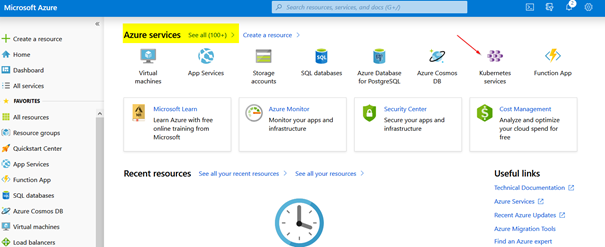In this blog post I am going to explain how to create and configure the Kubernetes Cluster in the Oracle Cloud Infrastructure. Oracle offers its own service called Oracle Kubetnetes Engine (OKE).
As a prerequisite, a user must already exist in the cloud who has permission to create and manage the Kubernetes cluster in a compartment. The following policies are necessary to create, update and delete cluster components:
Allow group <group-name> to manage instance-family in <location>
Allow group <group-name> to use subnets in <location>
Allow group <group-name> to read virtual-network-family in <location>
Allow group <group-name> to use vnics in <location>
Allow group <group-name> to inspect compartments in <location>
For more information about users, groups and policies refer to my post Oracle OCI : Administer User, Groups, Compartments in the Oracle Cloud Infrastructure
Considerations before installation
Weiterlesen „Getting started with Kubernetes in the Oracle Cloud“


